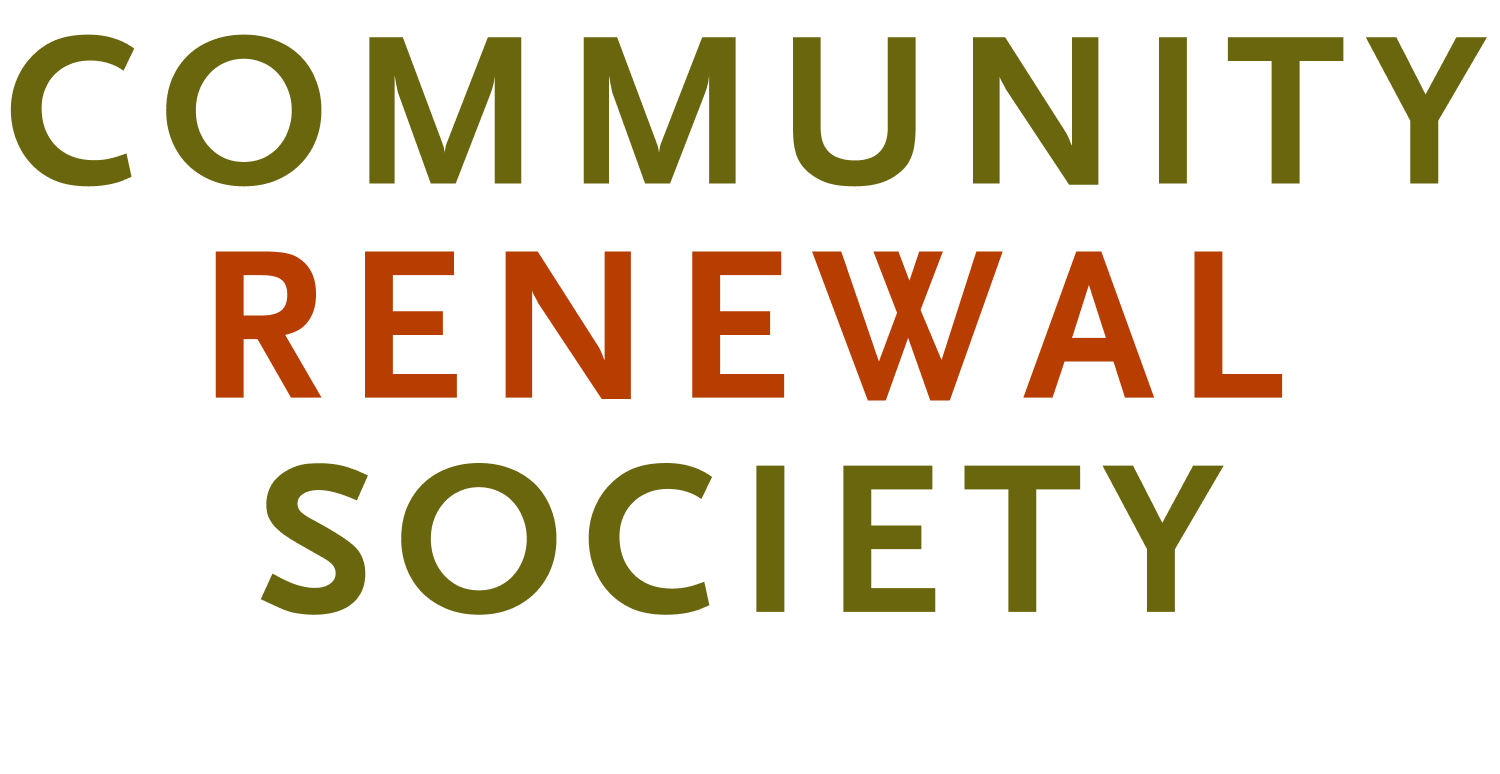Build Black Communities Through Group Economics
In 1918, the brilliant scholar and activist W.E.B. DuBois organized what was named the “Negro Cooperative Guild” with visions of building a cooperative economic base among Black people. DuBois believed that building self-sustaining communities was an alternative to a system that treated Black Americans unequally.
The concept of group economics is a rarely discussed but widely used concept that has been adopted by numerous communities, whether it is farms, stores or even places of employment. This idea finds roots in the Bible. An example can be found in Acts, verses 44-46 of Chapter 2, which describes an activity that today is modeled in our “abundance and scarcity” economy. We read in this passage that on the day of Pentecost, persons sold property and possessions and gave to those who were in need. They also broke bread together in a spirit of unity. In other words, we see cooperation among those who believed in a self-help community, not isolated but in harmony.
Self-determination is a concept that historically permeated throughout communities. In the case of marginalized communities of color, the concept of group economics or a circular economy is where the resources remain in the community, within reason. The ideology of group economics was central to the vision of Julius Nyree, the first Prime Minister of Tanzania after independence in 1961. He called it “Ujamaa”, and it became one of the principles of the African American celebration known as Kwanzaa. Bartering systems and small development projects within neighborhoods and managed by the residents were, and still are, a customary practice in many Black and Brown communities.
Self-determination, however, was not always celebrated. The communities of Greenwood in Tulsa, Oklahoma in 1921 and Rosewood, Florida in 1923 were two self-reliant Black communities. Both communities were destroyed, and many residents were killed because of racist attacks from white neighbors. Historically, persons of color had no choice but to employ or sell to each other because of being locked out or exploited.
Today, food cooperatives, credit unions and co-op farms are just a few types of the close to 30,000 cooperatives in the U.S. with over 300 million members. For Black and Brown Americans, the concept of group economics is central to community sustainability and power. A community that can build economic cooperation within its borders controls its assets and can control its destiny.
Resources
Check out these Black-owned businesses:
For more, check out this directory of 100 Black Owned Businesses in Chicago.
Kevin Tyson CRS Board of Directors
Sources:
Nembhard, Jessica Gordon. Collective Courage. University Park: Pennsylvania State University Press, 2014
University of Wisconsin Center for Cooperatives, “Cooperatives in the U.S. Economy”
